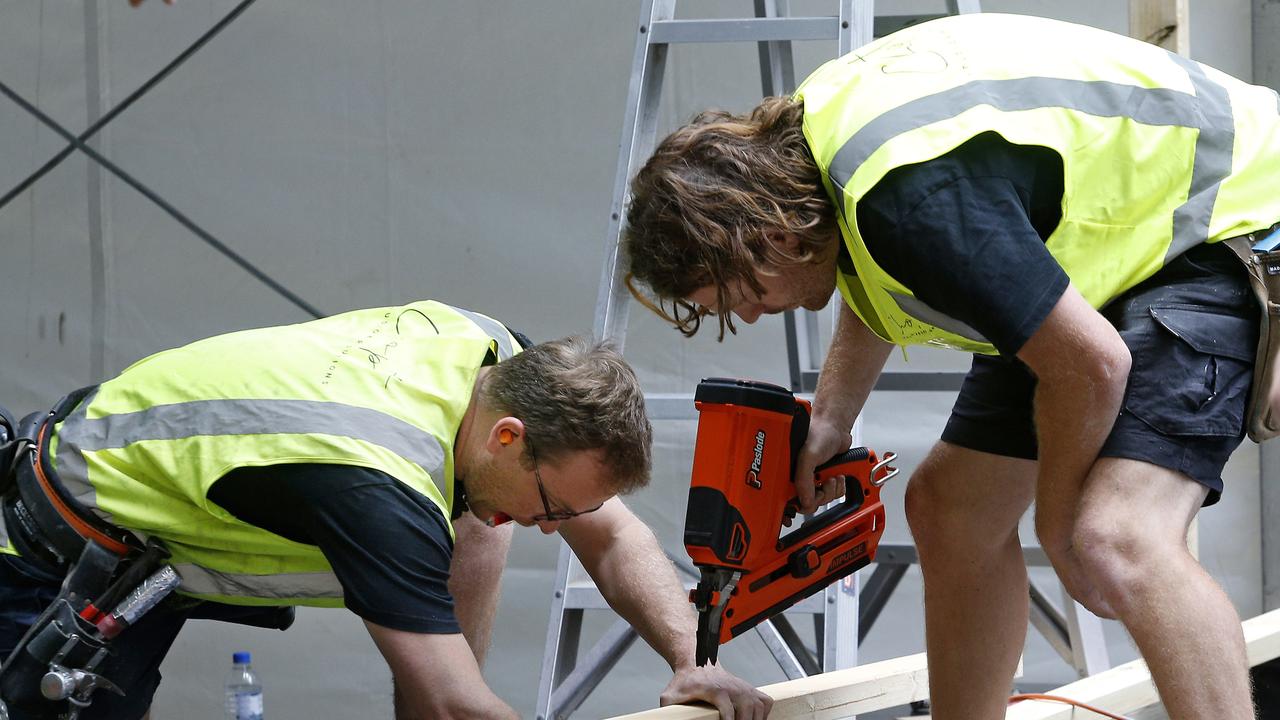Stunning truth about major Australian economic boast revealed
Australia is the envy of the world when it comes to one major factor – but this graph shows there’s more to it than first meets the eye.
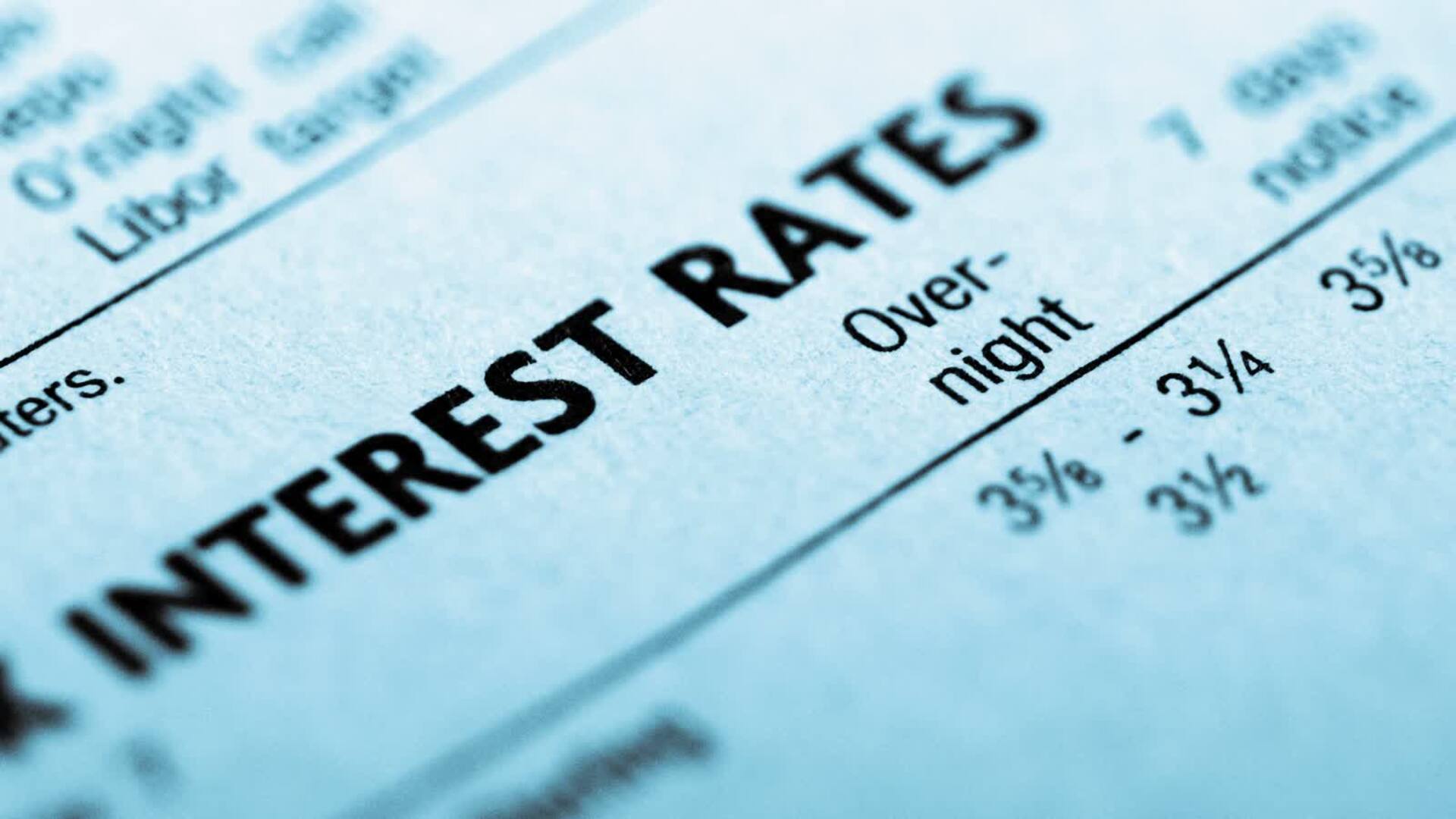
Economy
Don't miss out on the headlines from Economy. Followed categories will be added to My News.
ANALYSIS
In the long history of Australia’s economy, its labour market has often been the envy of the world.
Even when times got tough in some of the darkest economic eras of the 20th century, things were at times challenging in Australia, but often far more difficult over a significantly longer duration elsewhere.

In more recent times, elements of the Albanese government have talked up the level of job creation on the government’s watch, like with the graph below, which was widely shared on social media.
But is this another instance of Australian economic exceptionalism compared with its peers, or is there more to it than first meets the eye?
Jobs growth
In headline jobs growth terms, the Albanese government’s record is indeed formidable. Since the Albanese government was elected in May 2022, the economy has created 1,053,000 jobs and the total size of the workforce has risen by 7.8 per cent.
At first glance, this is a very impressive record and Australia does indeed significantly outperform its developed world rivals. The Albanese government’s record since being elected represents the largest level of nominal jobs growth and proportional workforce growth for a first term Australian government since records began in the 1970s.
But when you start to get into some of the other elements of the Australian Bureau of Statistics labour force data, it swiftly becomes clear that there is a whole lot more to it.
Labour force growth
While Australia has seen the strongest jobs growth of the assessed nations, it has also seen one of the strongest rises in the size of the labour force and the working age population.
When contrasted with the nations in today’s comparison (Japan, Britain, Germany, Italy, Canada and the United States), Australia comes in a very clear first place for labour force growth and second place for working age population growth.
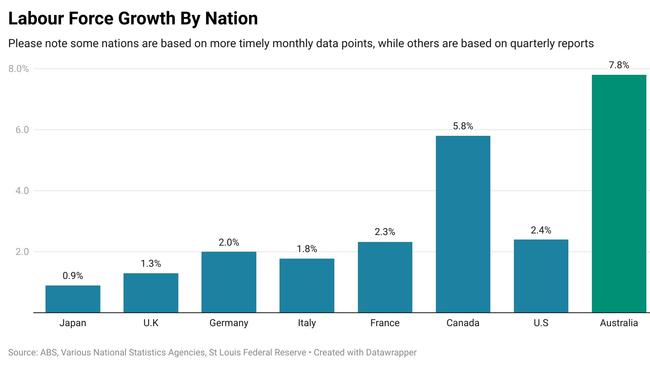
Part of this is due to the rise in the participation rate, which is the proportion of people of working age who are currently either in paid employment or looking for work. When the Albanese government was elected, 66.3 per cent of working age people were in the labour force. As of the latest figures, it has risen to 67.0 per cent of people.
Generally speaking, economists view a rising participation rate as a positive – more people in work means more headline economic growth and more cash being spent in the economy. But when placed into context with the current era of high inflation and the ongoing cost of living issues many would consider a crisis, some may question to what degree recent entrants have been forced into the labour market by necessity.
The total expansion of the labour force by 148,200 people is as a result of the higher participation rate.
Meanwhile, the working age population has expanded by 6.8 per cent since the Albanese government came to power, with approximately 80 per cent of that increase stemming from the impact of migration.
This factor accounts for 948,000 additional labour force entrants, or 86.4 per cent of the overall total.

The key figure
When you put all the numbers together to calculate the unemployment rate, a very different picture emerges than the one seen at first glance. The Aussie labour market goes from leading the world to somewhere in the middle and far behind the best performing nations.
Since the Albanese government was elected, the rate of headline unemployment has risen by 0.2 per cent, from 3.8 per cent to 4.0 per cent. Despite the extremely strong level of jobs growth, the growth in the labour force has been even greater, which has placed upward pressure on unemployment.
Meanwhile, in Italy and Japan, which have seen much weaker levels of labour force growth, up 1.8 per cent and 0.9 per cent respectively, the unemployment rate is lower today than when the Albanese government was elected.
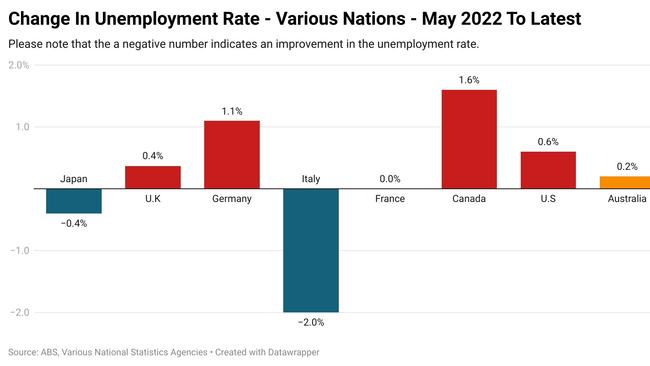
Growth drivers
When you peel back another layer of the employment data onion, it reveals that much of Australia’s jobs growth since the Albanese government’s election has been in public administration and safety, education and training, and healthcare and social assistance.
In short, they are industries where the main source of funding is various levels of government. The ABS defines these sectors as what they call non-market industries, with all the others being termed as market industries.
The most detailed and accurate data on the labour market is provided to us by the quarterly ABS Labour Account. For this reason, the beginning of our snapshot on this aspect of the nation’s jobs market will start in the first full quarter of the Albanese government’s time in power and cover up to the latest data snapshot which is for Q3 2024.
Over this time period, the economy has created 990,900 jobs in total. Of those, 272,400 were in market-based industries and 718,500 were in non-market sectors. Overall, non-market-based jobs accounted for 71 per cent of total jobs growth.
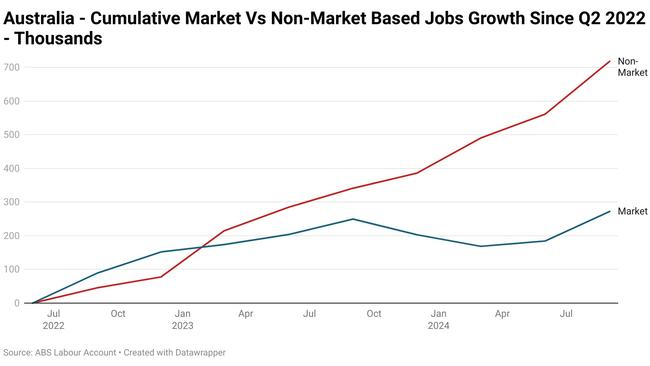
In the last snapshot of the split of non-market versus market-based employment prior to the Albanese government, 72.5 per cent of total employment was in market-based roles.
Putting it all together
In headline terms, Australia’s jobs growth has indeed been stellar, both in comparison with previous governments and its international rivals. But when viewed in a broader context which takes into account the record high levels of labour force and working age population growth, it reduces the nation’s labour market outcomes to something much more mediocre.
Ultimately, a higher proportion of Australians are unemployed today than when the Albanese government entered office.
Given the backdrop of a higher interest rate environment and high inflation, that is to be expected given historical norms.
What hasn’t been normal is the government choosing to pursue such high levels of working age population growth amid this challenging backdrop, which has historically prompted a far more conservative approach, such as that taken by the Hawke and Keating governments in their day.
Tarric Brooker is a freelance journalist and social commentator | @AvidCommentator
Originally published as Stunning truth about major Australian economic boast revealed





